Raman and NIR technologies can produce fast and reliable results but cost remains a factor
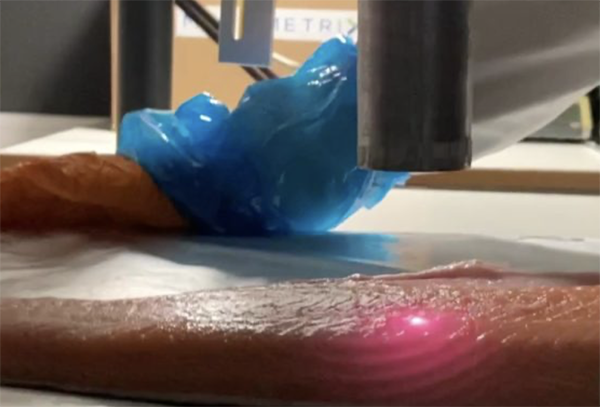
Norwegian research institute Nofima has developed methods for the rapid measurement of omega-3 fatty acids eicosapentaenoic acid (EPA) and docosahexaenoic acid (DHA) in salmon fillets.
Known to have wide-ranging benefits to human health, EPA and DHA content in farmed salmon has declined in recent years, says Nofima, due to the replacement of fishmeal and fish oil with plant-based proteins and oils.
The ability to measure EPA and DHA levels is useful to the industry, the research institute stated, because they are important markers in breeding and genetics and also because the information is in great demand from the marketplace.
Currently, the costly and time-consuming technology chromatography must be used to measure specific fatty acids can only be performed in specific laboratories; one measurement costs NOK 1500 (roughly US $150) or more.
Nofima says that Raman Spectroscopy and Near-Infrared (NIR) Spectroscopy get quick results without physically touching the product as a laser illuminates the fillet for contact-free scanning. Nofima says its testing method is accurate, reporting that EPA+DHA can be measured with an accuracy of approximately ± 0.5 percent of total fat. The typical variation range for EPA+DHA in salmon is 4 to 12 percent of total fat.
As of today, the method is excellent at making rapid measurements in a laboratory or next to the line in a production facility. In the slightly longer term, we envisage that Raman can also be put directly on the production line and measure each and every salmon fillet, but this might require robotic controlled measurements.
Relevant Raman measurement systems currently cost approximately NOK 700,000. This cost must be assessed in relation to the opportunities it can provide regarding effective quality documentation and possible quality differentiation.
Nofima is collaborating with geneticists to determine whether the method can be used directly in breeding work to select fish with the desired fat composition.
NIR imaging (hyperspectral) spectroscopy is already being used by the food industry to make in-line measurements. The method is used for measuring parameters such as fat in salmon fillets, fat in meat, protein in chicken fillets, as well as residual blood in whole white fish and salmon fillets.
Read the full publication.
Follow the Advocate on Twitter @GSA_Advocate
Now that you've reached the end of the article ...
… please consider supporting GSA’s mission to advance responsible seafood practices through education, advocacy and third-party assurances. The Advocate aims to document the evolution of responsible seafood practices and share the expansive knowledge of our vast network of contributors.
By becoming a Global Seafood Alliance member, you’re ensuring that all of the pre-competitive work we do through member benefits, resources and events can continue. Individual membership costs just $50 a year.
Not a GSA member? Join us.
Author
-
Responsible Seafood Advocate
[103,114,111,46,100,111,111,102,97,101,115,108,97,98,111,108,103,64,114,111,116,105,100,101]
Related Posts
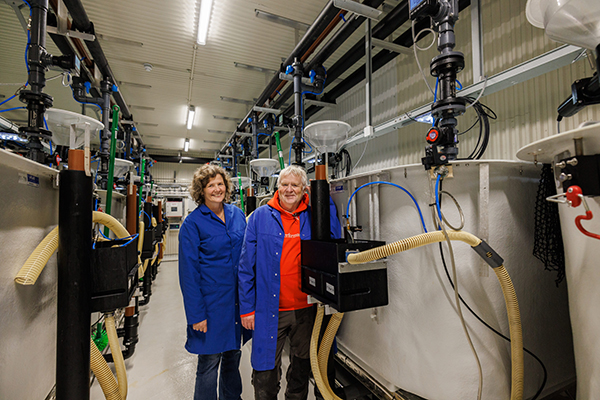
Responsibility
Could a new ‘spill box’ tool lead to zero fish feed waste in land-based aquaculture facilities?
A new tool called the "spill box" separates uneaten fish feed from the aquaculture wastewater so it can be recycled back to the salmon.
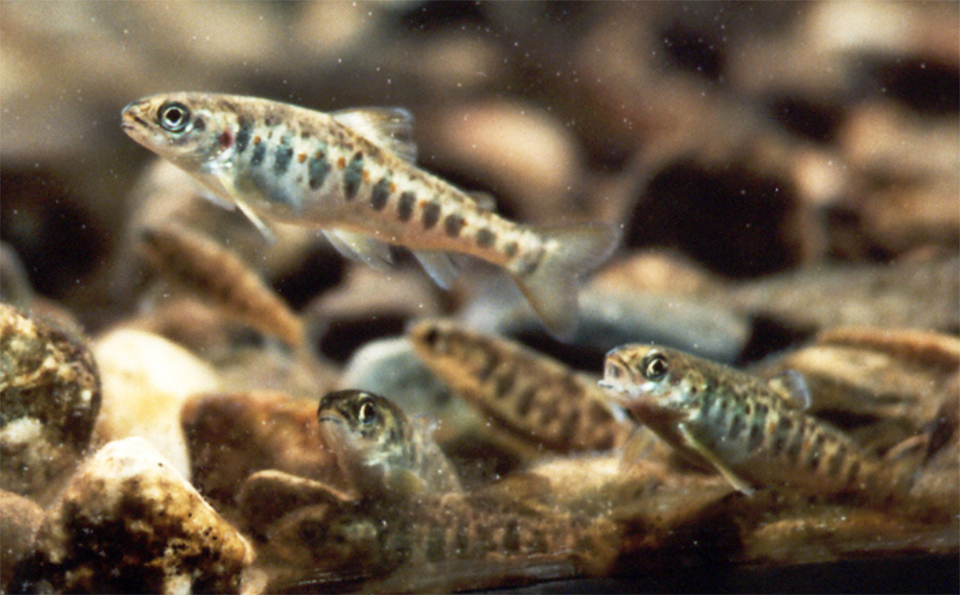
Health & Welfare
Effect of juvenile Atlantic salmon diets with different levels of PUFAs
Study investigates blood and muscle changes in young Atlantic salmon when fed diets containing different amounts of polyunsaturated fatty acids, or PUFAs.
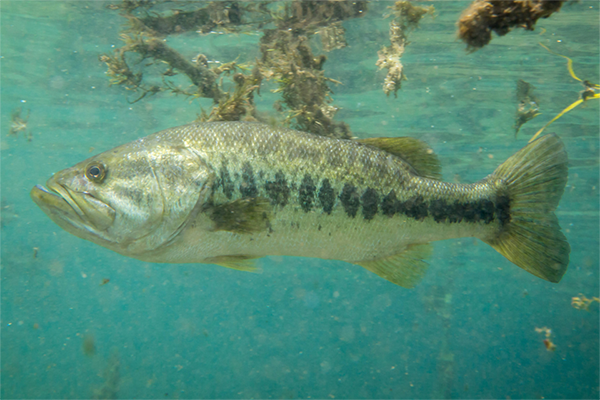
Aquafeeds
A multi-species evaluation for fish-free aquafeeds
Fish-free aquafeeds trials demonstrate the feasibility of the complete removal of fishmeal and fish oil from the diets of the tested fish species.
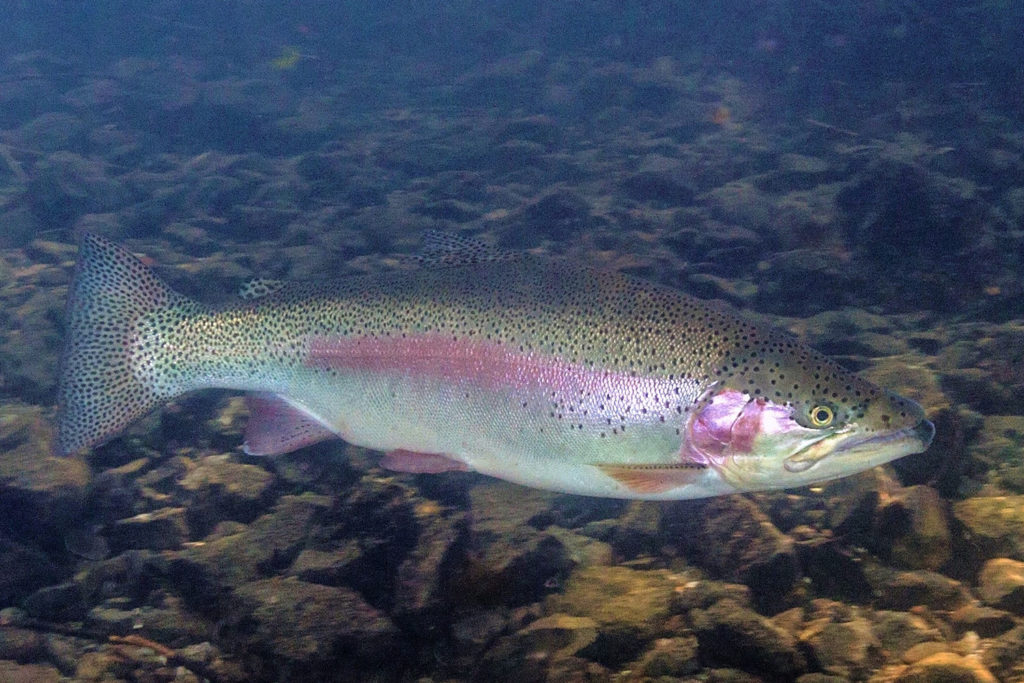
Intelligence
Prediction of freshness indicators in rainbow trout fillets
Study uses a simple multispectral imaging system to assess various spoilage and predict freshness in rainbow trout fillets during storage for 12 days.



